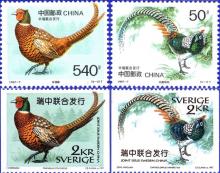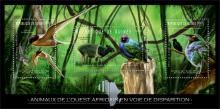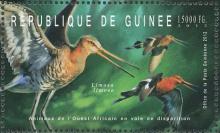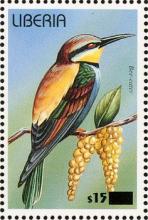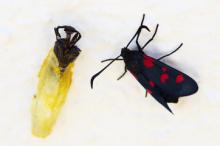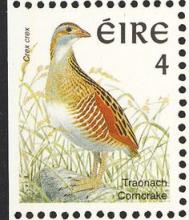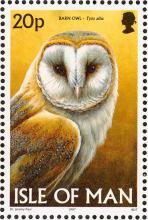Bird decline in Bulgaria after the country joined the EU in 2007
Based on monitoring data for the period 2005-2010, we studied the trends in abundance and species richness of common breeding birds in Bulgaria before and after the country joined the EU in 2007. We analysed the trends in birds of farmland, woodland and “other” habitats, and additionally, we tested whether indices of the commonest birds are representative of wider changes in bird populations. At species level (n = 32), significant declines were detected in 11 species (34%), and increases in just two (6%); 19 species (60%) had uncertain trends.

